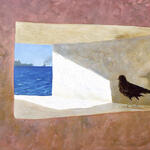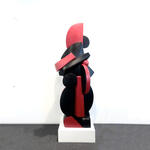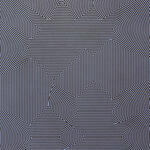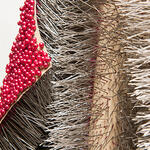Enrique Grau
Bio
Enrique Grau (1920–1999) was a Colombian painter and sculptor born in Panama to a family from Cartagena de Indias. Educated at the Art Students’ League in New York and later in Italy, he studied under Tadeusz Kantor and George Grosz, perfecting his technique in painting, muralism, and draftsmanship. Early work included portraits of family and domestic staff, as well as studies after the Old Masters. By the mid-1950s, Grau explored Cubism and geometric abstraction, later transitioning to realism and a new academicism emphasizing human figures, volume, and baroque ornamentation. His depictions of white, black, and indigenous figures brought international recognition, with exhibitions at the Guggenheim in New York and Musée National d’Art Moderne in Paris. He also taught at the National University and the University of the Andes, and contributed to scenography in Colombian television. Grau donated over 1,300 works to Cartagena, leading to the creation of a museum in his honor.
Statement
Enrique Grau’s work explores the human figure within rich, expressive environments. Combining realism, volume, and baroque detail, he celebrates cultural diversity through depictions of white, black, and indigenous subjects. His art merges geometric structure with naturalistic forms, creating solid, emotive compositions that evoke nostalgia, presence, and a profound appreciation for the textures of daily life and the complexity of human identity.


2.5 x 4m / 98.4 x 157 in




















